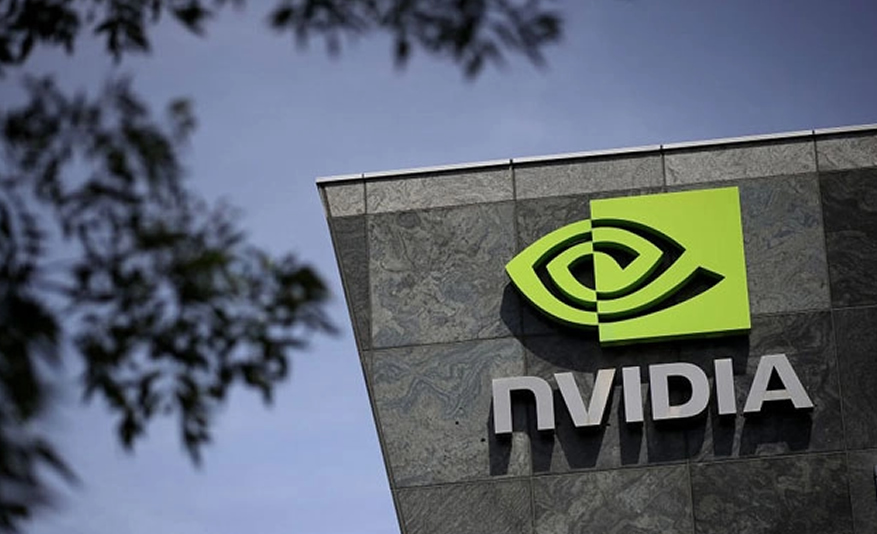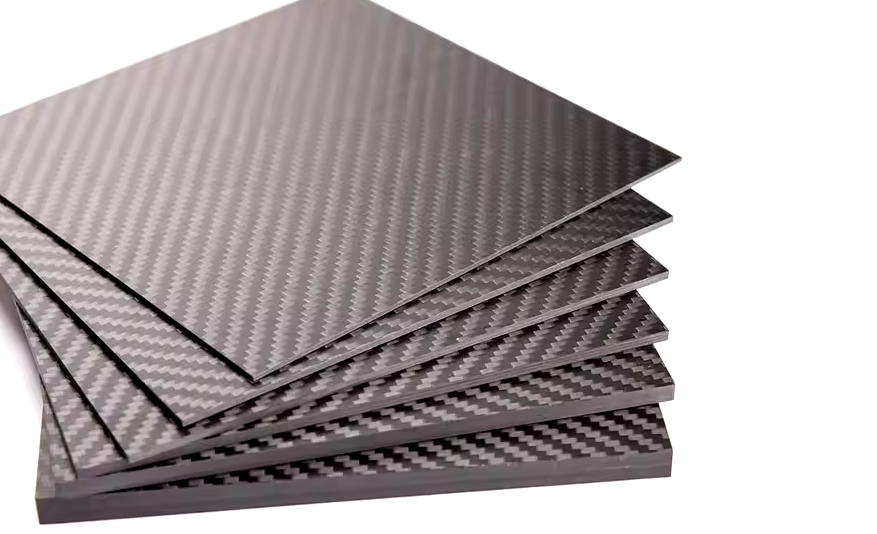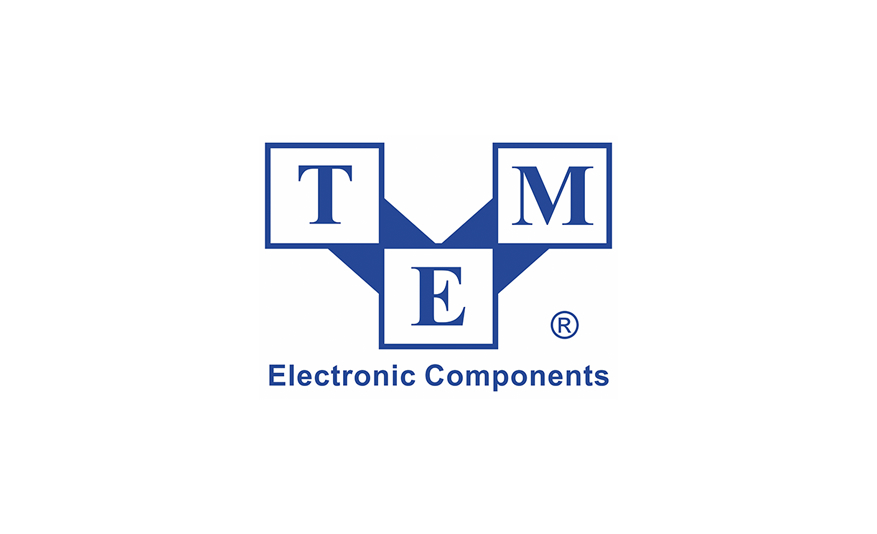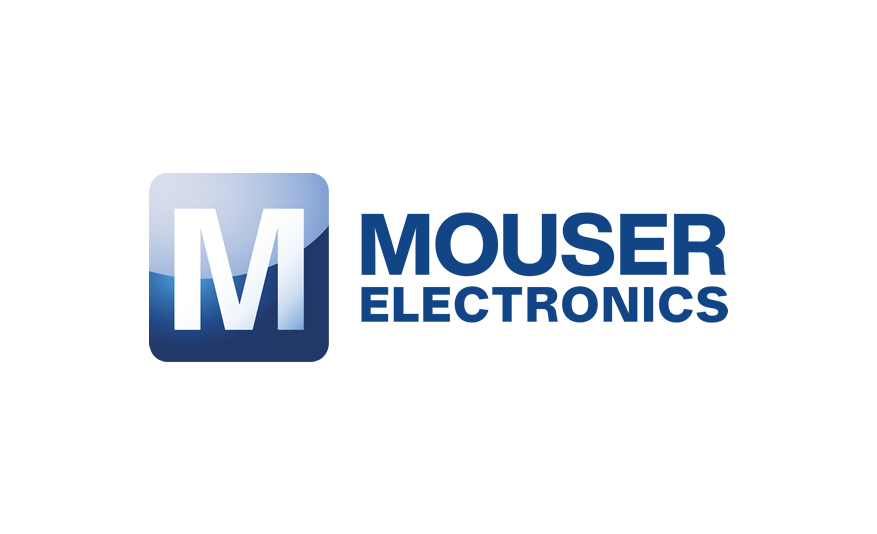Intel Corp. and AMD have partnered to create an x86 ecosystem advisory group, bringing together technology leaders to shape the future of the world’s most widely used computing architecture.

x86 is uniquely positioned to meet customers’ emerging needs by delivering superior performance and seamless interoperability across hardware and software platforms. The group will focus on identifying new ways to expand the x86 ecosystem by enabling compatibility across platforms, simplifying software development, and providing developers with a platform to identify architectural needs and features to create innovative and scalable solutions for the future.
For over four decades, x86 has served as the bedrock of modern computing, establishing itself as the preferred architecture in data centers and PCs worldwide. In today’s evolving landscape—characterized by dynamic AI workloads, custom chiplets, and advancements in 3D packaging and system architectures—the importance of a robust and expanding x86 ecosystem is more crucial than ever.
“We are on the cusp of one of the most significant shifts in the x86 architecture and ecosystem in decades – with new levels of customization, compatibility and scalability needed to meet current and future customer needs. We proudly stand together with AMD and the founding members of this advisory group, as we ignite the future of compute, and we deeply appreciate the support of so many industry leaders,” said Pat Gelsinger, Intel CEO.
“Establishing the x86 Ecosystem Advisory Group will ensure that the x86 architecture continues evolving as the compute platform of choice for both developers and customers. We are excited to bring the industry together to provide direction on future architectural enhancements and extend the incredible success of x86 for decades to come,” said Lisa Su, AMD Chair and CEO.
The advisory group aims to unite industry leaders to shape the future of x86 and foster developer innovation through a more unified set of instructions and architectural interfaces. This initiative will enhance compatibility, predictability and consistency across x86 product offerings.
To achieve this, the group will solicit technical input from the x86 hardware and software communities on essential functions and features. Collaboration will facilitate the creation of consistent and compatible implementations of key x86 architectural features and programming models, extending across all sectors – including data centers, cloud, client, edge and embedded devices – ultimately delivering downstream benefits to customers. The intended outcomes include enhancing customer choice and compatibility across hardware and software, while accelerating their ability to benefit from new, cutting-edge features; simplifying architectural guidelines to enhance software consistency and standardize interfaces across x86 product offerings from Intel and AMD; and enabling greater and more efficient integration of new capabilities into operating systems, frameworks and applications.
As vigorous competitors, Intel and AMD at the same time share a history of industry collaboration focused on platform-level advancements, the introduction of standards, and security vulnerability mitigation within the x86 ecosystem. Their joint efforts have shaped key technologies, including PCI, PCIe, Advanced Configuration and Power Interface (ACPI). Both companies also played a pivotal role in developing USB, a vital connectivity standard for all computers regardless of the processor. This advisory group takes this industry collaboration to the next level for the benefit of the entire computing ecosystem and as a catalyst for product innovation.














































